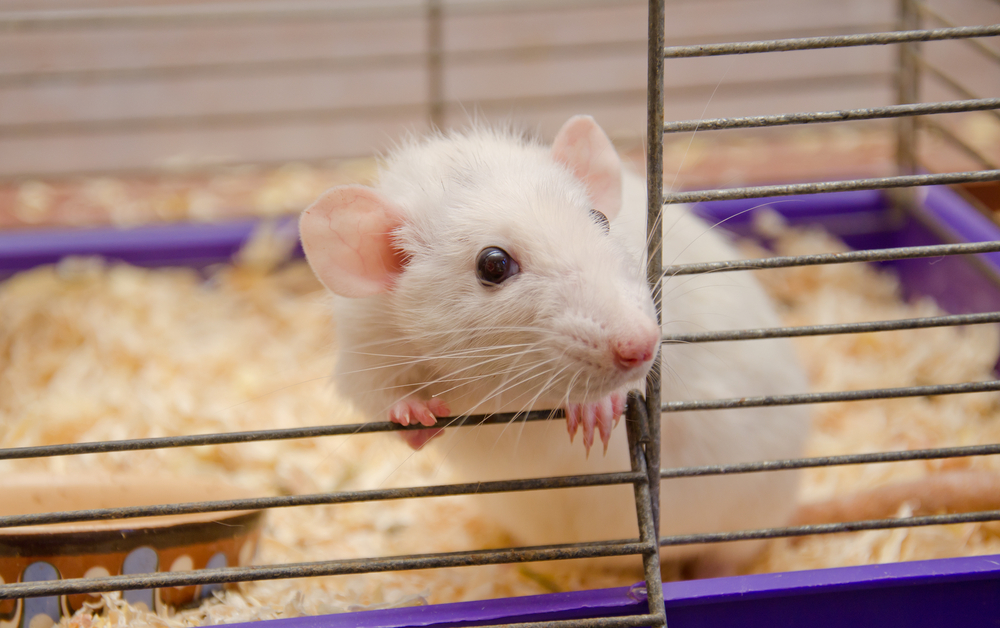Touchscreen Test for Mice with Angelman Syndrome May Help Identify Their Cognitive Impairment

University of California researchers have developed a touchscreen test for mice with Angelman syndrome that they believe will shed additional light on learning disabilities stemming from the disease.
It is one of a batteries of tests they are giving the animals to obtain a greater understanding of Angelman’s effect on cognition. Most of the current tests require movement or sensory abilities that some mice with Angelman don’t have, however. The touchscreen test overcomes this problem, researchers said.
The team said the touchscreen test may help them identify additional cognitive defects from Angelman and identify possible treatments for the disease.
Their study, “Touchscreen learning deficits in Ube3a, Ts65Dn and Mecp2 mouse models of neurodevelopmental disorders with intellectual disabilities,” was published in the journal Genes, Brain and Behavior.
Scientists use several learning and memory tasks to assess cognitive impairment in mouse models of neurodevelopmental disorders such as Angelman syndrome. But some require skills that animals with nervous system problems are unable to perform.
“As examples, effective swimming and vision are necessary for Morris water maze procedures; normal pain perception and hearing are necessary for contextual and cued fear conditioning; and spontaneous exploratory locomotion is necessary for novel [new] object recognition,” the researchers explained.
Expanding the tests could lead to scientists identifying additional cognitive deficits, helping them develop more encompassing treatments.
The touchscreen test, which researchers are using in mouse models of Down syndrome and Rett syndrome as well as Angelman, offer mice one of two choices.
One choice generates a reward and the other a 20-second wait before the animal can try again.
Researchers compared Angelman mice’s responses with those of healthy litter mates.
It took the Angelman mice several days longer to learn the touchscreen reward system than the controls. This indicated cognitive impairment, researchers said.
“Significantly more training days, and a strong trend toward more training trials, were required for Ube3a [Angelman] mice to reach” the point where they were achieving an 80 percent correct response rate, the team wrote.
In addition to the touchstone test, the researchers used rotarod, open-field and Morris water maze tests to evaluate the animals’ performance.
In the rotarod test, which measures coordination and balance, a mouse must try to stay on a horizontal rod that rotates. The open-field test measures an animal’s ability to explore. And the water maze test measures location-associated learning and memory.
The Angelman mice also displayed impaired performance in the rotarod and water maze tests. There were no differences between them and the controls in the open-field results.
Another finding was that mice with Down syndrome had impaired open-field results, and the same kind of impairment as the Angelman mice in the touchstone and water maze tests. Researchers didn’t have the Down syndrome mouse perform a rotarod test.
Overall, “our findings of slower touchscreen learning in two mouse models of neurodevelopmental disorders with intellectual disabilities” suggests that the test could help scientists come up with potential treatments for the diseases, the researchers concluded.






